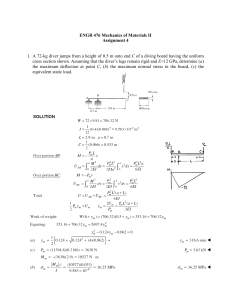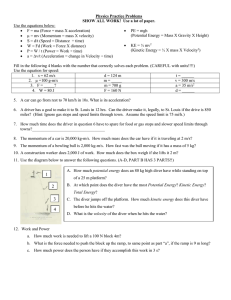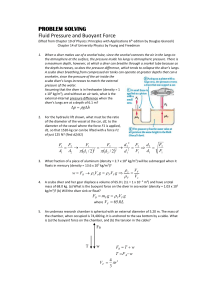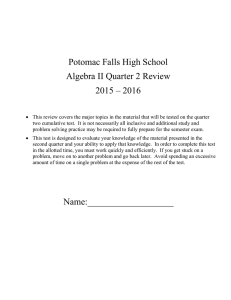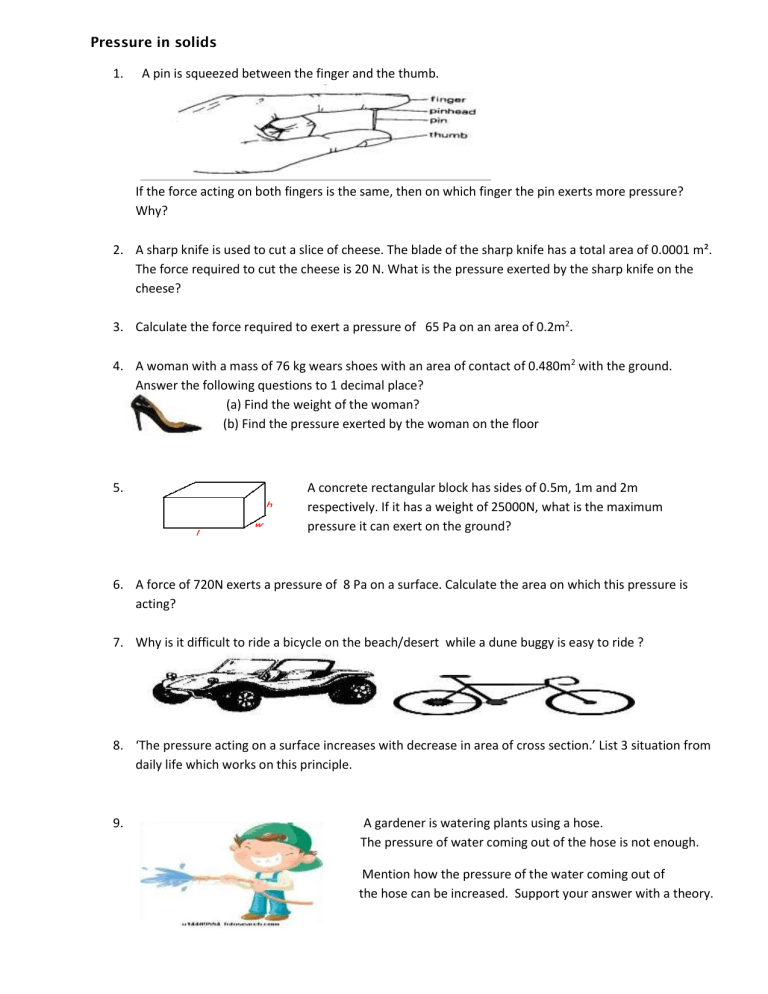
Pressure in solids 1. A pin is squeezed between the finger and the thumb. If the force acting on both fingers is the same, then on which finger the pin exerts more pressure? Why? 2. A sharp knife is used to cut a slice of cheese. The blade of the sharp knife has a total area of 0.0001 m². The force required to cut the cheese is 20 N. What is the pressure exerted by the sharp knife on the cheese? 3. Calculate the force required to exert a pressure of 65 Pa on an area of 0.2m2. 4. A woman with a mass of 76 kg wears shoes with an area of contact of 0.480m2 with the ground. Answer the following questions to 1 decimal place? (a) Find the weight of the woman? (b) Find the pressure exerted by the woman on the floor 5. A concrete rectangular block has sides of 0.5m, 1m and 2m respectively. If it has a weight of 25000N, what is the maximum pressure it can exert on the ground? 6. A force of 720N exerts a pressure of 8 Pa on a surface. Calculate the area on which this pressure is acting? 7. Why is it difficult to ride a bicycle on the beach/desert while a dune buggy is easy to ride ? 8. ‘The pressure acting on a surface increases with decrease in area of cross section.’ List 3 situation from daily life which works on this principle. 9. A gardener is watering plants using a hose. The pressure of water coming out of the hose is not enough. the Mention how the pressure of the water coming out of the hose can be increased. Support your answer with a theory. 10. Fill in the blank space by using the following words. [small,area,doesn’t,sink,high,larger,smaller,force.] Pressure is the __________________acting per unit ________________ on a surface. A force concentrated on a _________________ area creates a ___________________ pressure which means that the thing will _______________ into the surface. But with a ______________area, you get a ___________________ pressure which means the thing _____________________ sink into the surface. 11. This question is about pressure in fluids. Fig 11.1 shows a Scuba Diver. a. Before diving in the ocean a Scuba diver undergoes training in a swimming pool. The diver performs training manoeuvres at a depth of 10m. i. In a swimming pool, the Scuba Diver swims from a depth of 10m to a depth of 5m. State and explain the change in pressure experienced by the diver.[2] ii. When swimming in the ocean at a depth of 10m, the Scuba diver experiences a difference in pressure. State and explain this difference. [2] b. Calculate the pressure of the water exerted in (kPa) on the diver at a depth of 10m in the ocean. The density of sea water is 1700 kg/m3 and g= 10N/kg. [5] c. The atmospheric pressure on this day is 101kPa. Calculate the total pressure exerted on the diver at a depth of 10m.[1]


